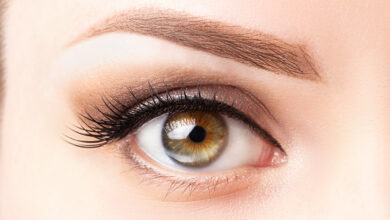Battle the Bald: 3 Treatments for Men’s Hair Loss
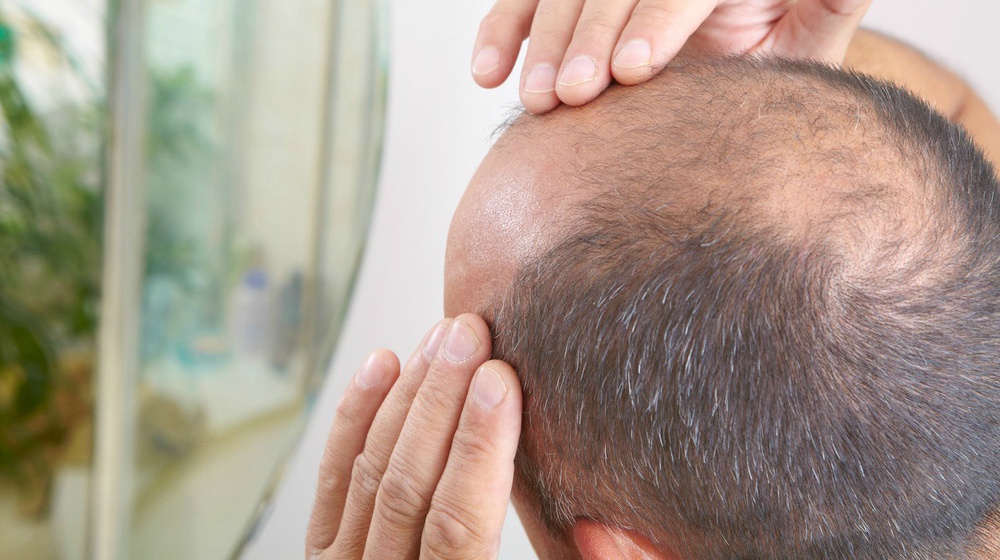
Understanding hair loss in men is essential for identifying the right treatment options. Hair loss can significantly impact self-esteem and quality of life, making it vital to address.
The Causes of Hair Loss in Men
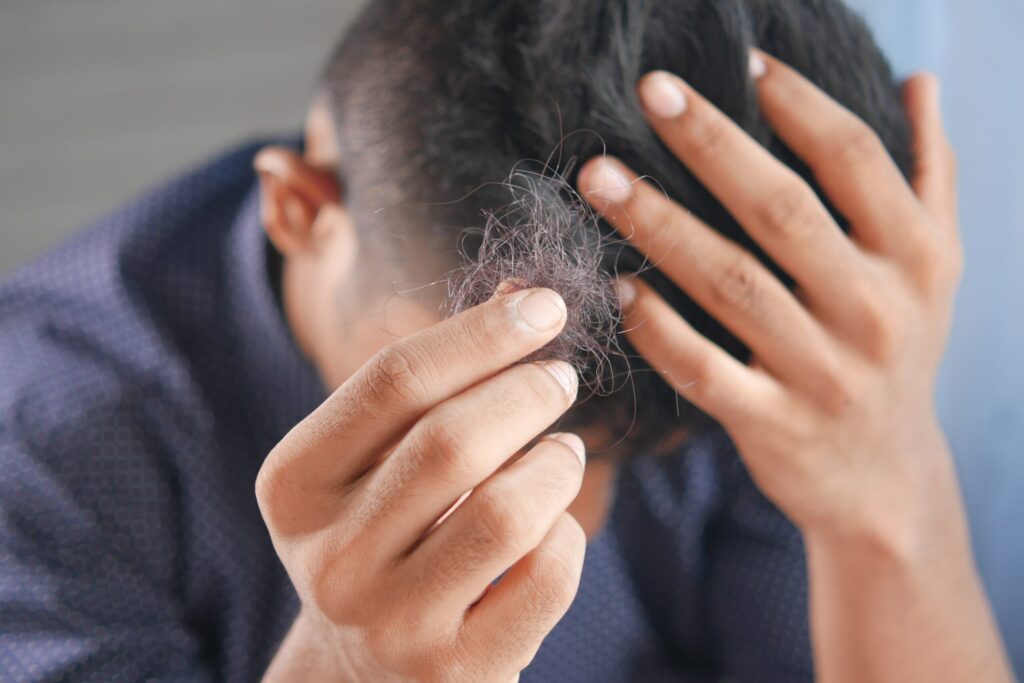
- Genetic Factors: Genetic predisposition plays a crucial role in male pattern baldness.
- Hormonal Changes: Changes in hormones, particularly dihydrotestosterone (DHT), can cause hair loss.
- Lifestyle and Environmental Factors: Stress, diet, and environmental toxins can contribute to hair thinning.
3 Medical Treatments
1. Minoxidil (Rogaine)

Minoxidil works by widening blood vessels and increasing blood flow to the scalp, which can revitalize shrunken hair follicles, increasing their size and prolonging the growth phase of hair.
Typically applied twice daily, results can be seen in several months. It’s crucial to continue usage, as stopping can lead to resumed hair loss.
Best suited for those in the early stages of hair loss. Some may experience scalp irritation or unwanted hair growth on adjacent skin areas.
2. Finasteride (Propecia)
Finasteride inhibits the conversion of testosterone to DHT, a hormone linked to hair loss. By reducing DHT levels, it can slow or even reverse hair loss.
As a daily pill, it’s effective in 80-90% of men, with visible results after 3-6 months. Potential side effects include decreased libido and erectile dysfunction. It’s only available by prescription and is not suitable for women.
3. Other Prescription Medications
Similar to Finasteride but potentially more effective, though not FDA-approved for hair loss. Used for treating alopecia areata, these reduce inflammation around hair follicles. A tar-like substance that alters immune function in the affected skin, used in alopecia areata cases.
3 Surgical Options
1. Hair Transplant Surgery
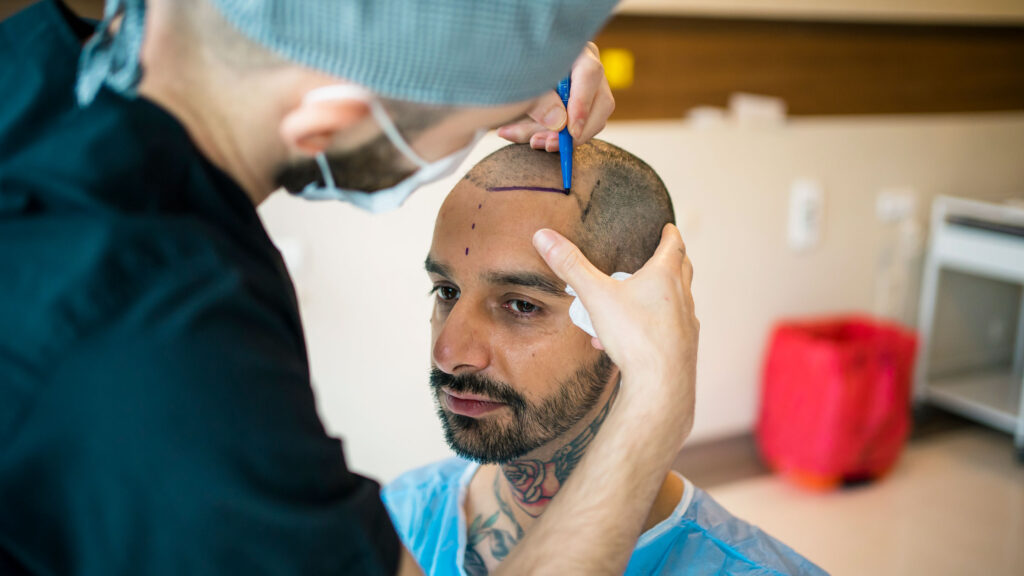
- Techniques: hair transplant Turkey for men involves removing small plugs of hair-bearing scalp from a donor area (usually the back of the head) and transplanting them to the balding areas.
- Follicular Unit Transplantation (FUT): Strips of the scalp are removed and then dissected into individual grafts.
- Recovery and Results: Mild discomfort post-surgery is common. Results can take several months to a year to fully appear.
2. Scalp Reduction
- Procedure: Involves removing bald areas of the scalp and stretching the hair-bearing skin to cover adjacent areas.
- Suitability: Best for those with hair loss at the top and back of the head. It’s often combined with hair transplantation.
3. Follicular Unit Extraction (FUE)
- Technique: Individual hair follicles are extracted directly from the scalp and transplanted to bald areas.
- Advantages: Less scarring compared to FUT and suitable for those who prefer short hairstyles.
- Considerations: Requires multiple sessions, and it’s more time-consuming and costly than other methods.
Natural Remedies and Alternative Treatments

Peppermint oil can stimulate hair growth, while rosemary oil has properties similar to Minoxidil. Lavender and tea tree oils are known for their anti-inflammatory and soothing properties.
Mix with carrier oils like jojoba or coconut oil and massage into the scalp. Regular use is necessary for results.
Herbal Supplements
- Saw Palmetto: Believed to reduce DHT production, similar to Finasteride.
- Pumpkin Seed Oil: Rich in nutrients and fatty acids, it may promote hair growth.
- Ginseng: Contains compounds that could promote hair growth by stimulating hair follicles.
Diet and Nutrition

Adequate protein intake is crucial for hair growth. Vitamins A, C, D, E, zinc, and iron significantly affect hair health. Salmon, berries, spinach, nuts, and seeds benefit hair health.
Biotin, collagen, and multivitamin supplements can support hair growth but should be used after consulting a healthcare professional.
These expanded sections provide a more in-depth look into the treatment options available for men experiencing hair loss, offering a detailed guide to help make informed decisions.
The Role of Lifestyle Changes
- Stress Management: Reducing stress as a factor in hair loss.
- Exercise and Hair Health: How regular physical activity can benefit hair growth.
- Smoking and Alcohol Consumption: The negative impact on hair health.
Advanced Therapies
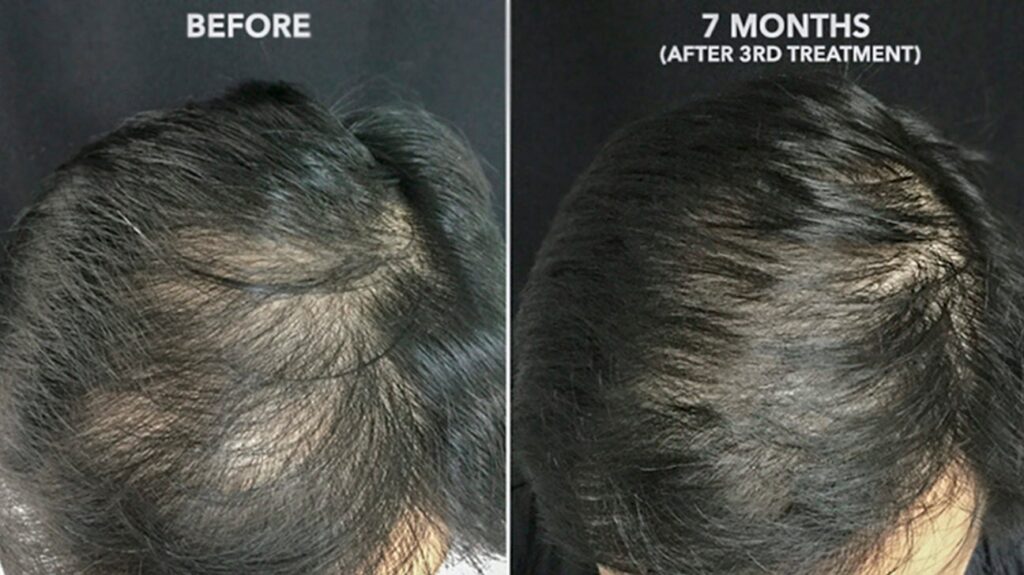
- Platelet-Rich Plasma (PRP) Therapy: Using your blood plasma to stimulate hair growth.
- Low-Level Laser Therapy (LLLT): Using laser light to promote hair growth.
- Stem Cell Therapy: An emerging area in hair loss treatment.
Preventive Measures and Maintenance
- Regular Hair Care Routine: A consistent hair and scalp health routine is important.
- Scalp Health Maintenance: Tips for maintaining a healthy scalp environment.
- Monitoring and Regular Check-Ups: Regular visits to a healthcare professional to monitor progress are important.
Embracing hair loss is a personal journey. It’s important to understand when and how to seek professionals from experts like Dr. Vivo Hair Clinic to help to find the most suitable treatment option.



